That man again...Francisco Pizarro. He caught the Inca empire when it was on its knees, thoroughly exhausted after a civil war between two brothers wrestling for control of the whole capudle! A great time to walk into the capitol also coinciding with orion disappearing over the andes signalling the arrival of evil spirits to the Inca´s and old Francisco walks into town with 100 Conquistadors...the rest is history and another great people are brought to their knees. With Cusco as the spiritual capitol, one of our heroes limps of to Machu Picchu to lick his wounds and revive some of his ebbing fortune with the 150 or so vestal virgins that kept the place clean and tended the fields..well not a lot else to do if the main man is in Cusco. Foolishly he re enters Cusco after some languishing and is immediately arrested and hung, drawn and quartered. Thus the Spanish take over a kingdom of incredible proportions to go along with all the other territories they are putting to Spanish colonialism around South America. Next thing to do is to impose the catholic church and knock down the temples. They leave the foundations of the Royal Inca stonework and build their temples atop these. All the Inca stonework is Earthquake proof and the remainder of the stone is used to build the upper sections. Thus we have the beautiful combination of styles that exist today in Cusco.
The whole city was built in the shape of a puma (see below) with the head being up at Sacsayhuman, the beautiful stonework shown in the photos (below) representing the forehead wrinkles.
There are 1 million people in Cusco today and like the structures the people are greatly variegated, all mixed together to make for a busy, colourful and multicultured city. The whole town is surrounded by ruins from past occupiers and of course not far away is the Sacred Valley: with Pisac, Ollantaytambo and Machu Picchu to name but a few of the famous towns.
To add to the stew there are lots of people just trying to scratch a living and certainly the section of the population who comes of worse is the kids. We are staying in one of a number of hotels run by a charity headed by Yolinda, a native dutch lady who has taken on the incredible task of trying to bring some normality to the lives of the street children who are evident everywhere yo go in Cusco, whether helping their parents sell street food or artesania or running around like urchins trying to survive.
We are staying in Ninos 2 and as it suggests the second refuge renovated to supply accomodation for travellers and profit to put into supporting some of these children.
There is also a Hacinda in the country and they all pump mooney into the support agency for the kids. The great moment of the morning is to see the kids arriving through the hotel, we share a common entrance, in various levels of dress. Some of them work before they come to school but also some of them live in very poor conditions. they are provided a uniform and gym kit but they have to clean their own clothes which are often like the urchins clothes in ´Oliver´ with similar parallels in their lifestyle.
They are attempting to provide food, two meals a day if possible, medical and dental care along with general hygiene. This is foreign to the children along with general behaviour which again they lack in terms of social skills. It is a great charity and
staying in the hotel provides a little profit for the running of the shelters. These kids really are not given a fair chance and are likely to follow in their parents footprints. It is even harder out in the country where hardship is the norm, electricity is provided but most can´t afford the cost of it and the diet is paltry and inadequate to say the least, and anyway dental hygiene is shocking and anybody with teeth after the age of 30 is considered rather odd.
There are many other charities working in the rural areas trying to make the lot of the people here a little more bearable but it is difficult work and trying to break down long instilled patterns of male and female behaviour is possibly the most difficult task. On the way to the Sacred Valley we met a charming lady called Sonia who runs the `Hearts` cafe in Ollantaytambo. She runs the cafe and helps the ladies of the community try and salvage some self esteem from a difficult male dominated society...quite a task.
Aside from the social problems, Cusco is the most fantastic city and has some of the most incredible buildings weaved in to a fascinating social fabric and thousands of photo opportunities which would make even the most bungling of photographers a world class photo anorak...a beautiful city.
Friday, 27 April 2007
Subscribe to:
Post Comments (Atom)







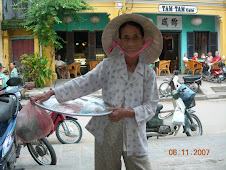


















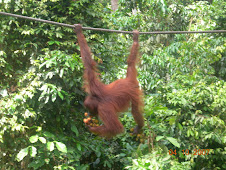


























































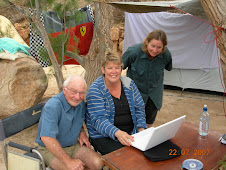





























































































































































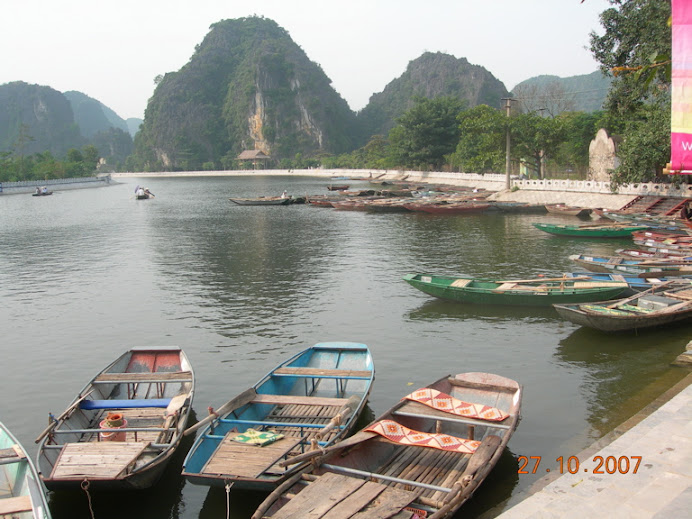

































































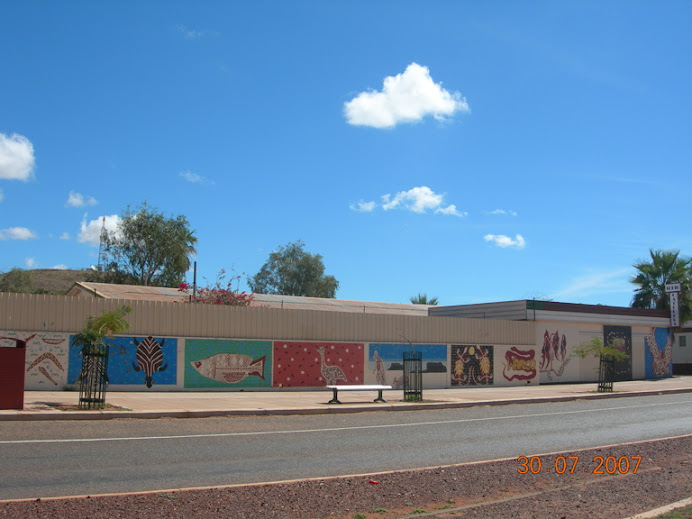







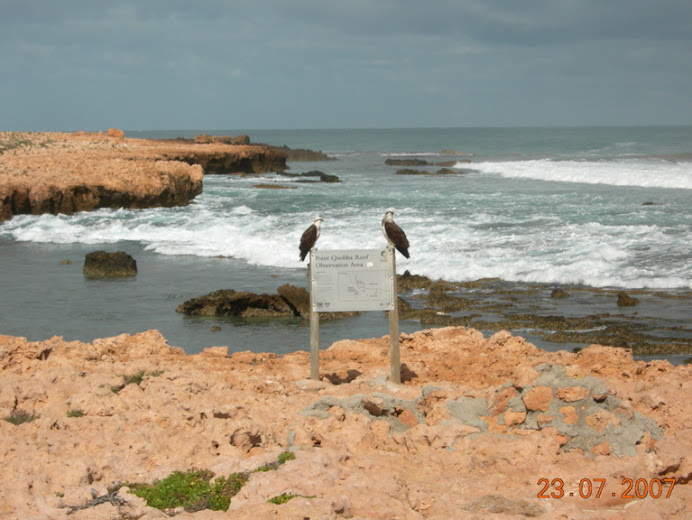




















































































































No comments:
Post a Comment